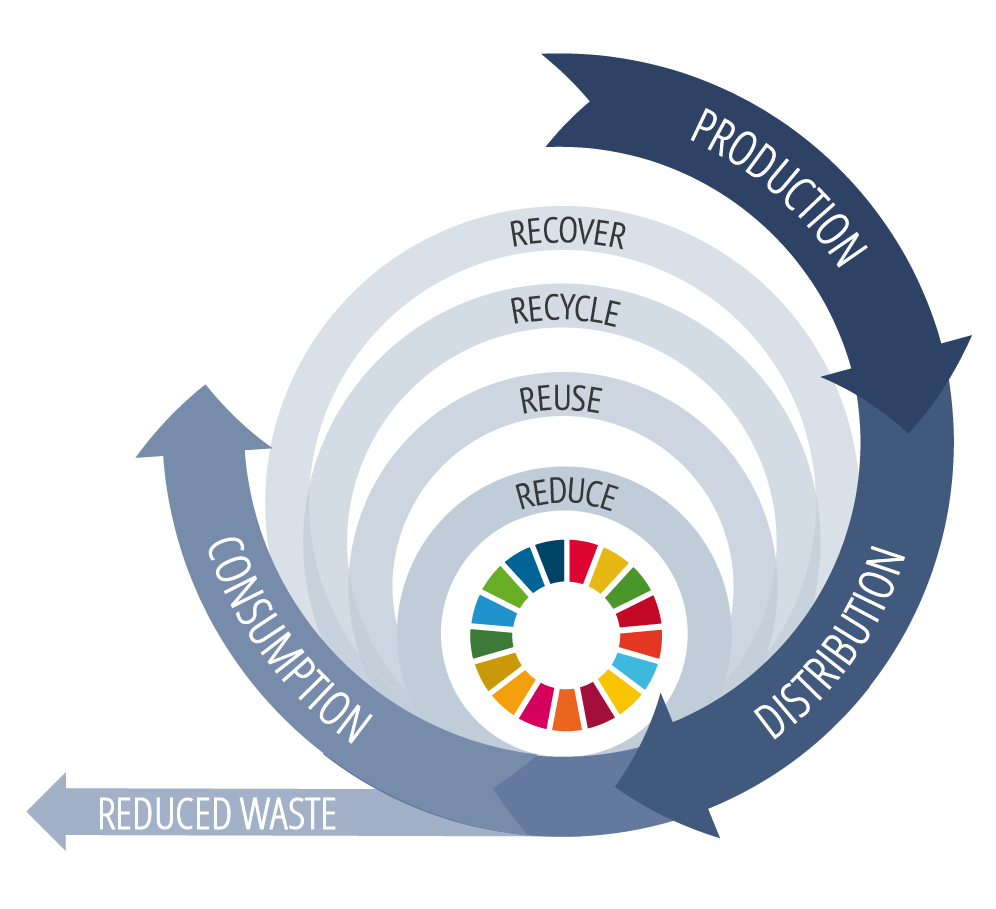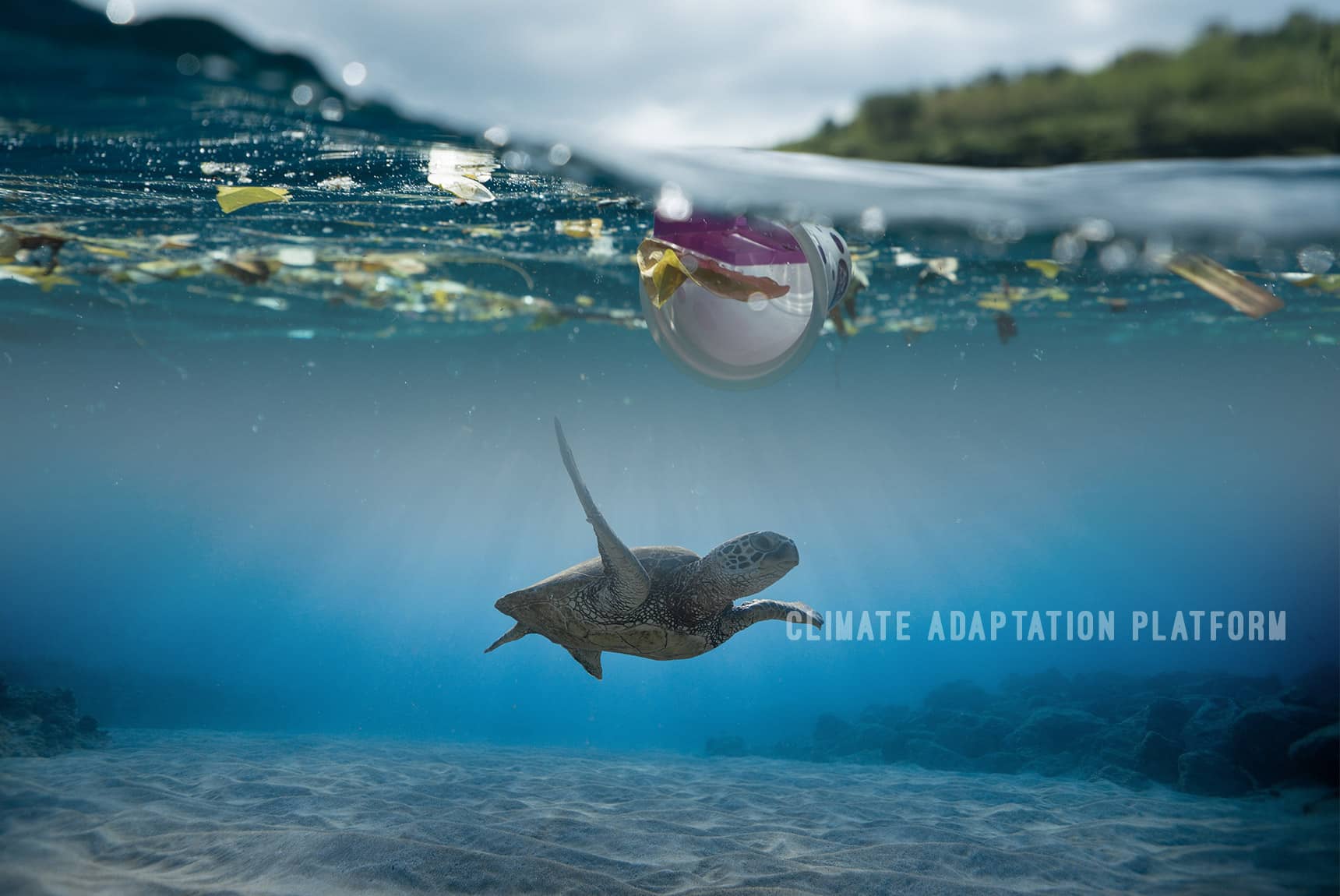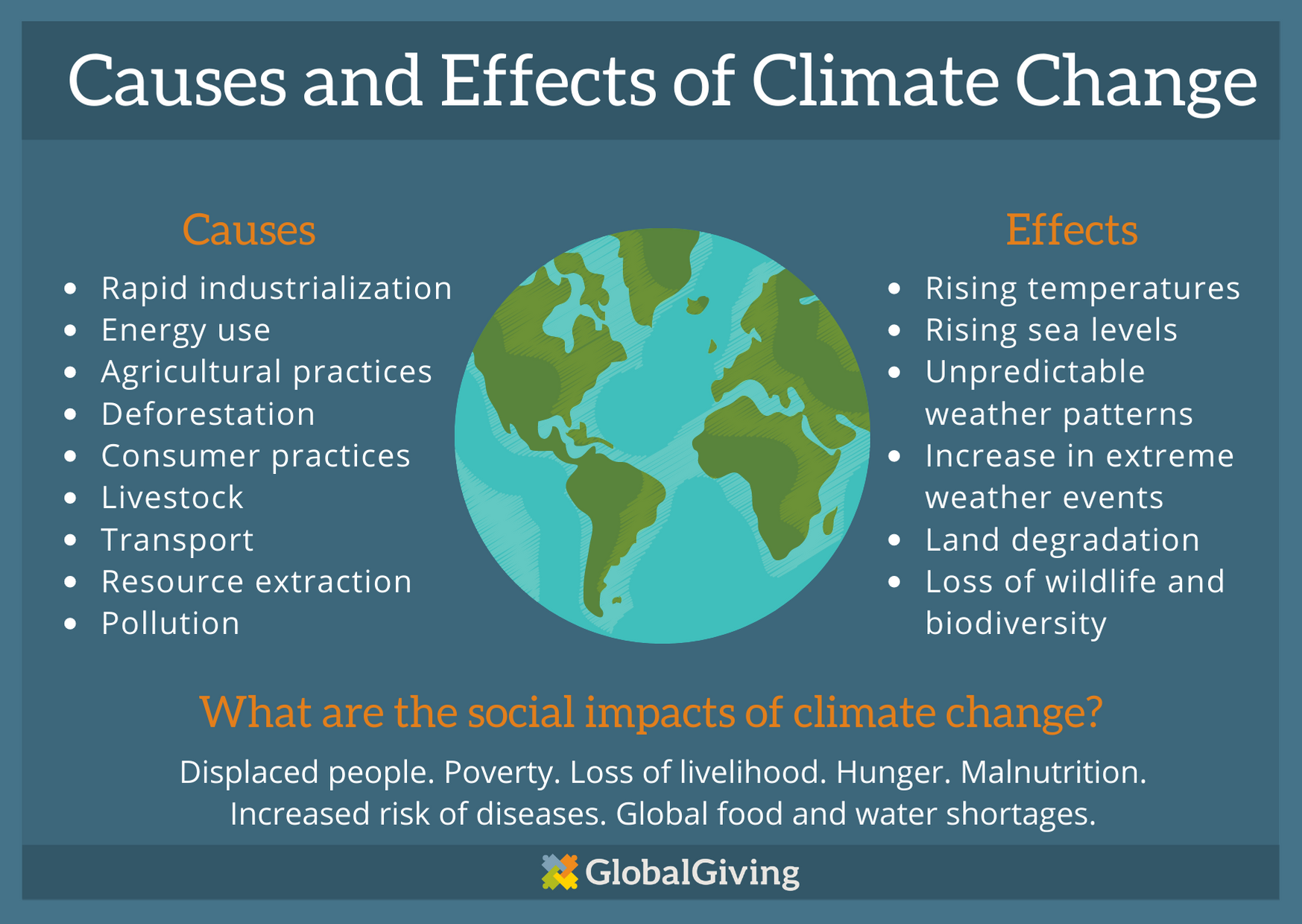Climate change is one of the most pressing challenges facing humanity today. As the planet warms and weather patterns become increasingly erratic, the need to address this global crisis has never been more urgent. Fortunately, there are solutions at our disposal, and one of the most promising among them is the circular economy. In this blog post, we will explore how the circular economy is not only reducing waste but also curbing emissions, making it a crucial component of climate change mitigation.
What Is the Circular Economy?
The concept of the circular economy is simple but revolutionary. It involves reimagining our economic systems and production processes to minimize waste and maximize resource efficiency. Unlike the traditional linear economy, which follows a “take-make-dispose” model, the circular economy aims to keep resources and products in use for as long as possible. It does so by promoting practices such as recycling, refurbishing, remanufacturing, and sharing.
The Environmental Toll of Linear Economies
Before delving deeper into the circular economy’s impact on waste reduction and emissions, it’s essential to understand the environmental toll of linear economies. In a linear economy, resources are extracted, processed into products, used, and then discarded as waste. This model not only depletes finite resources but also generates vast amounts of waste and emissions.
Resource Depletion: Extracting raw materials like minerals, fossil fuels, and timber from the Earth’s crust contributes to habitat destruction and ecosystem disruption. This leads to a loss of biodiversity and can have long-lasting environmental consequences.
Waste Generation: The linear economy is synonymous with waste generation. Products that reach the end of their life cycles often end up in landfills or incinerators, contributing to soil and air pollution, as well as greenhouse gas emissions.
Emissions: The manufacturing and transportation of products in linear economies are energy-intensive processes that release significant amounts of greenhouse gases into the atmosphere. This exacerbates climate change, leading to more frequent and severe weather events.
Circular Economy: A Solution to Reduce Waste
The circular economy seeks to address these environmental challenges by rethinking the way we produce, consume, and dispose of goods. Here are some key strategies and practices within the circular economy that are instrumental in reducing waste:
- Recycling and Upcycling
Recycling is a well-known practice that involves collecting and processing materials such as paper, plastic, glass, and metals to create new products. Upcycling takes this concept a step further by transforming waste materials or products into items of higher value. These processes reduce the need for raw materials and decrease waste going to landfills. - Product Longevity and Durability
In a circular economy, products are designed with longevity and durability in mind. Manufacturers focus on creating items that can withstand wear and tear, be easily repaired, and have replaceable components. This extends the lifespan of products and reduces the frequency with which they need to be replaced. - Remanufacturing and Refurbishing
Remanufacturing involves restoring used products to a like-new condition, often with the same or even better quality. Refurbishing follows a similar principle but may involve less extensive processes. Both practices extend the life of products, preventing them from becoming waste prematurely. - Sharing and Collaborative Consumption
The sharing economy, exemplified by platforms like Airbnb and car-sharing services, promotes the shared use of resources and products. This reduces the overall demand for new products and decreases the production of goods that may become obsolete quickly. - Waste-to-Energy and Biomass Utilization
In cases where recycling or reuse is not feasible, the circular economy explores alternative methods to extract value from waste. Waste-to-energy processes convert non-recyclable waste into energy, while biomass utilization turns organic waste into valuable resources like biogas and compost.
Circular Economy’s Role in Emission Reduction
Reducing waste is only part of the circular economy’s contribution to mitigating climate change. Equally important is its role in curbing greenhouse gas emissions:
- Energy Efficiency
The circular economy prioritizes energy efficiency throughout product life cycles. By designing products that require less energy to manufacture, use, and dispose of, it helps reduce the carbon footprint associated with various industries. - Transportation Optimization
Transporting goods is a significant source of emissions. In a circular economy, localized production and distribution systems are encouraged, minimizing the need for long-distance shipping. This not only reduces emissions but also enhances resilience to supply chain disruptions. - Reducing the Carbon Intensity of Materials
Materials used in production can vary widely in their carbon footprint. The circular economy emphasizes the use of low-carbon or recycled materials whenever possible, further reducing emissions associated with manufacturing. - Extended Product Life Cycles
By extending the life of products through practices like remanufacturing and refurbishing, the circular economy reduces the frequency with which new products must be produced. This, in turn, decreases the emissions linked to manufacturing and transportation.
A Holistic Approach to Climate Change Mitigation
The circular economy is not a standalone solution to climate change but a critical piece of the puzzle. To effectively mitigate climate change, it must be integrated into a broader strategy that includes transitioning to renewable energy sources, protecting natural ecosystems, and adopting sustainable land-use practices.
Additionally, governments, businesses, and individuals all have roles to play in advancing the circular economy:
Government Policies: Governments can enact policies that incentivize circular practices, such as extended producer responsibility (EPR) laws, tax incentives for recycling and circular businesses, and regulations that promote product durability.
Business Engagement: Companies can adopt circular business models, from designing eco-friendly products to implementing take-back and recycling programs. These initiatives not only benefit the environment but also appeal to environmentally conscious consumers.
Consumer Choices: Individuals can support the circular economy by choosing products that are designed for longevity, opting for second-hand items, and participating in local sharing economies.
Challenges and Future Outlook
While the circular economy offers immense potential, it is not without its challenges. Transitioning from a linear to a circular economy requires significant investments in research, development, and infrastructure. Additionally, consumer behavior and cultural norms must evolve to embrace the principles of reduce, reuse, and recycle.
However, the benefits far outweigh the challenges. The circular economy not only reduces waste and emissions but also creates new economic opportunities, fosters innovation, and enhances resource security. It represents a sustainable path forward in a world where the urgency of addressing climate change cannot be overstated.
Conclusion
The circular economy is more than just a buzzword; it’s a transformative approach to addressing climate change and environmental degradation. By reducing waste and emissions, it offers a sustainable path forward for our planet. Embracing the principles of the circular economy, from recycling and upcycling to product durability and sharing, can help us combat climate change while fostering a greener, more resilient world. It’s time to make the circular economy a central part of our global efforts to build a more sustainable future.






